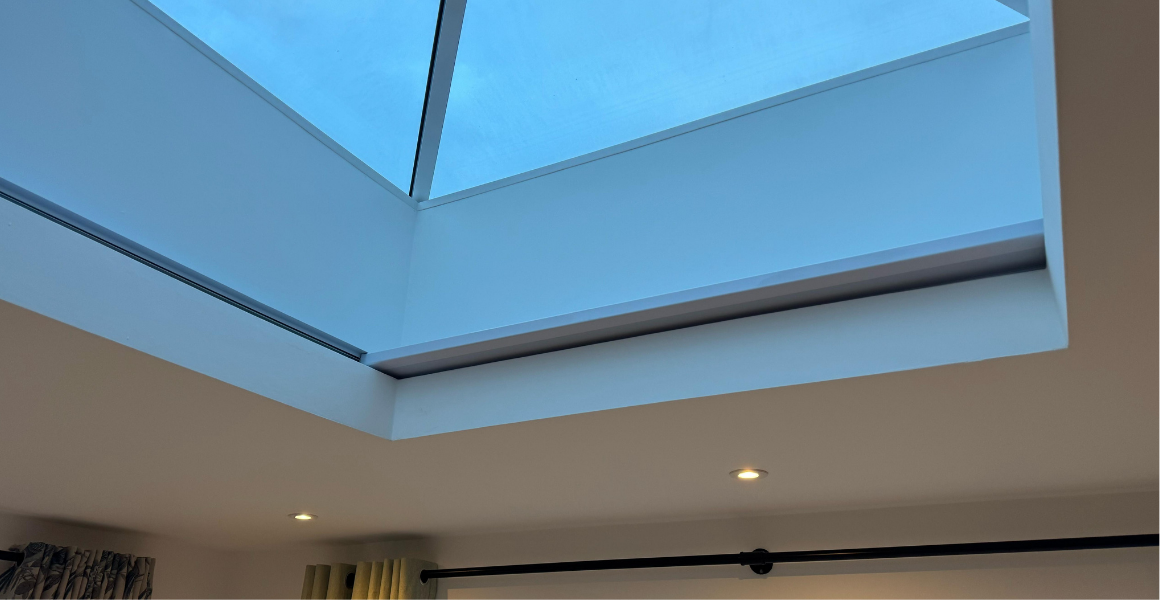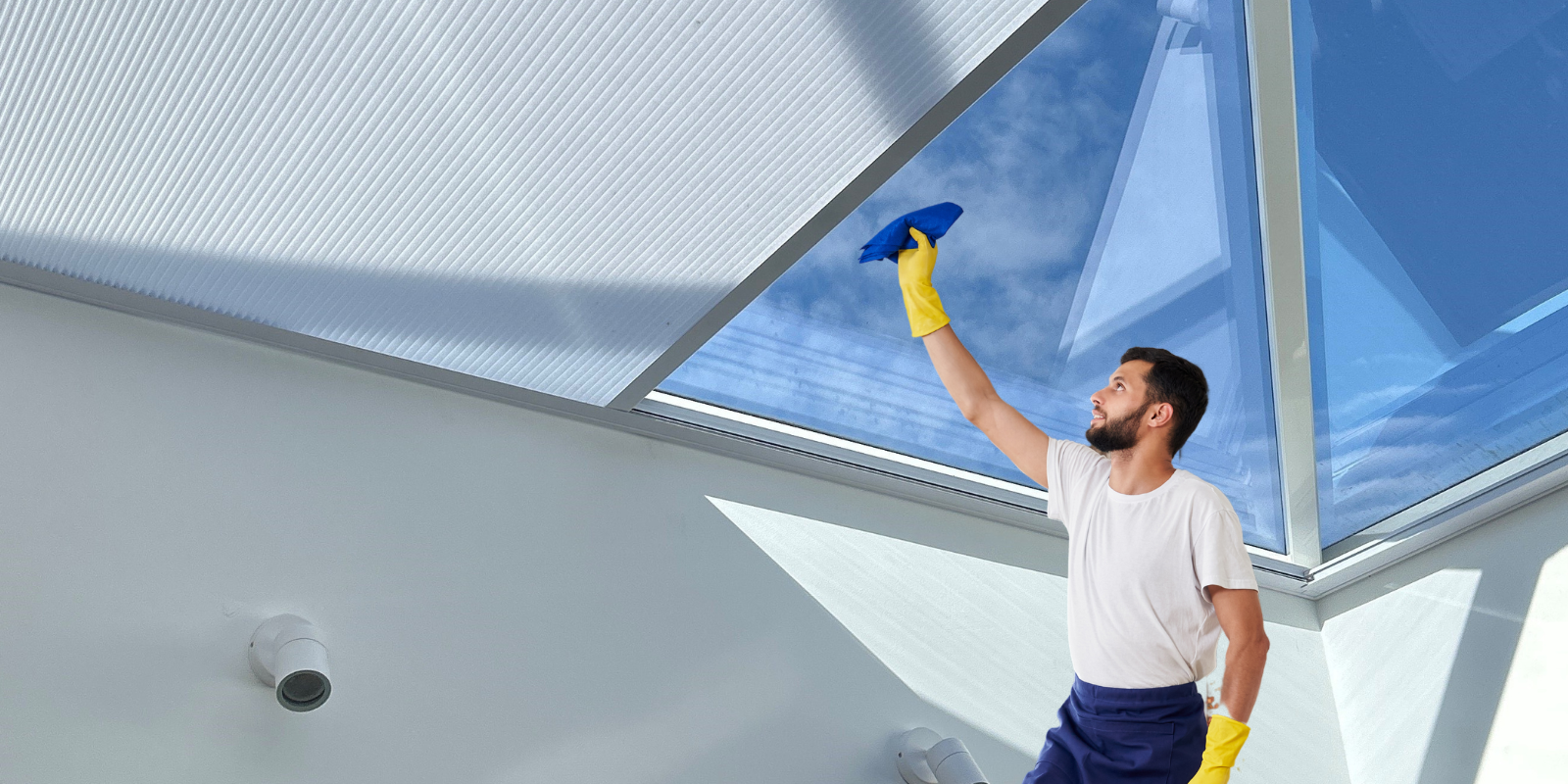Loft Conversion Insurance : Protect you, your family and your property with our comprehensive guide by Skylight Blinds
So by now, you should be comfortably moving through the planning process needed to complete your loft conversion. Now, let’s talk about the different insurance policies you need to consider. Both you and your building contractor are obligated to ensure you are appropriately covered for all work before it commences. Have a clear and detailed dialogue with your main builder. You will be better equipped to ensure both parties are covered in the event of an accident or injury.

Home Insurance
The first form of cover we will discuss is one that all renters and homeowners should have in place - home insurance. This form of property multi-line insurance covers private residences. It combines various aspects of personal insurance protections. This includes the loss of contents, loss of use or loss of other personal possessions of the homeowner. In addition, home insurance will generally include some form of liability insurance. This covers accidents that happen within the home or as a result of the homeowners actions when within the property. Home insurance provides financial protection to the homeowner in the event of an emergency or disaster.Mortgage providers and rental agencies require home insurance to be taken out as a prerequisite of their policies. It is very likely that you already have a comprehensive insurance in place. You may have even claimed on it in the past. However, home insurance is commonly issued as a result of the value of your property and that of the contents generally stored within. In the event of a loft conversion, these values are likely to increase. It is of the utmost importance that you inform your home insurer of the building works as early as possible.
Side note
If you’ve chosen a low cost insurance policy, it is likely that your building work may not be covered. You may be required to pay an additional instalment or premium. This ensures that your building is protected during the entire works. If you fail to let them know about any major building work, there is a chance that any damage to your home may not be covered. This stands even if it is not related to your renovation project. If you had a major house fire as a result of faulty wiring, failure to inform your insurer about a project could render your policy invalid.It is also a good idea to inform your mortgage provider of your loft conversion project. Althgh this will rarely impact your agreement, they may want to confirm that you have advised your home insurance provider. Keeping all insurance and financial providers on your side ensures that both you are covered in any situation.

Public Liability Insurance
This insurance should be organised by your builder as part of his professional portfolio. Public Liability Insurance is there to protect any third party individuals while work is being undertaken. If a passer-by is involved in an accident as a result of your project, it will cover the compensation owed to them as a result. It also covers neighbouring properties from possible damage incurred during your project. It would cover for compensation owed to the homeowner. This includes any legal expenses incurred during the entire claims process. Without this, you could find yourself having to budget for large legal fees the hadn’t originally been accounted for. As we have mentioned before, this should be covered by the builder themselves. It is important to confirm this and ask to see the documents before proceeding. Otherwise, you could find yourself liable in the event of an incident.
Employers Liability Insurance
Another form of protection that should be carried by your builder, Employers Liability Insurance is a legal requirement for all limited companies here in the UK. It provides protection for all parties in the event of an employee injury or illness caused as a result of installation or fitting. For example, if an employee injures his foot with material supplied on site, this insurance policy will cover both you and your builder for any compensation or legal fees. It can be used as protection if an employee or ex-employee files a lawsuit against the builder’s company to sue for these misfortunes. Employers Liability Insurance should be provided by your builder. Make sure to ask after this before hiring a firm and ask to see the documents to check the valid dates. If you discover that your builder does not have the relevant cover, you are in your rights to demand that this is obtained or cancel the contract you have both entered into.
Contractors All-Risk Cover
This is one of the least known and most overlooked forms of building project insurance. For this reason, it is vital you understand its importance. Ensure ensure your builder has the relevant documents implemented within his/her business. Contractors All-Risk Cover protects all work undertaken that could be accidentally destroyed before completion. It provides cover for property damage, third-party injury or damage claim. These are the main forms of risk found on construction projects.

It has been designed to bridge the gap between these common risk factors. This ensures your insurance policy leaves minimal room for loopholes. Contractors All-Risk Cover is taken out by both the homeowner and the building firm. Both parties retain the right to claim against the insurer for individual issues. It has been designed to ensure that everyone is appropriately covered throughout the duration of your project. If one party claims, the insurance provider cannot seek to cover its financial losses through the other party. For more information, click here.
Indemnity Insurance
Another thing you may want to consider during your loft conversion planning is Indemnity Insurance. This form of protection covers residential building work up to a specified value. In the event of financial loss, it provides reassurance and protection for homeowners. This covers when the builder is unable to complete the work agreed. This could be due to death, injury or illness. For the protection of the homeowner, it also covers for faulty or unsatisfactory building work. It is there if you need to have a failed project resurrected. The main thing to remember about Indemnity Insurance is that it is tied to the property, not the homeowner. This means if you purchase a policy, it will pass onto the next home owners rather than following you to your next property. If you decide to proceed with this insurance, contact your mortgage provider and go through your legal documents. There is a chance a past owner has already purchased it for your building. It is issued in terms of home vale so you may need to take out an additional policy to make sure all aspects of your renovation are covered.
Structural Warranty
Structural Warranty provides coverage after your project is completed. This form of insurance that covers for what is known as ‘latent defects’. These are issues within the structural design which occur during the building process but aren’t detected until the project is completed. This form of cover is set for a designated period of time. This is normally anywhere between 2-10 years and covers everything from workmanship, design and materials. Issues raised here will need to cause the building to be classed as ‘unsafe’ and potentially putting the homeowner and/or their family at danger. For example, if the roof was found to be structurally unsound and at risk of falling down during heavy winds or rain.It is commonly taken out on new build properties but can be used to protect new extensions and loft conversions alike.
Further research
When it comes to insurance and legal documents, it is always important to do as much research as possible. This is where your architect should be able to help and advise. Contact your local authority to ensure you are covered in all situations. Also, speak to people who have had similar work completed in the area. They may be able to advise on any issues the encountered during their project and what claims they may have needed to make. In the next instalment of our Skylight Blinds Buyers Guide, we will discuss all considerations you need to take into account when planning your loft conversion layout. Stay tuned.



































































